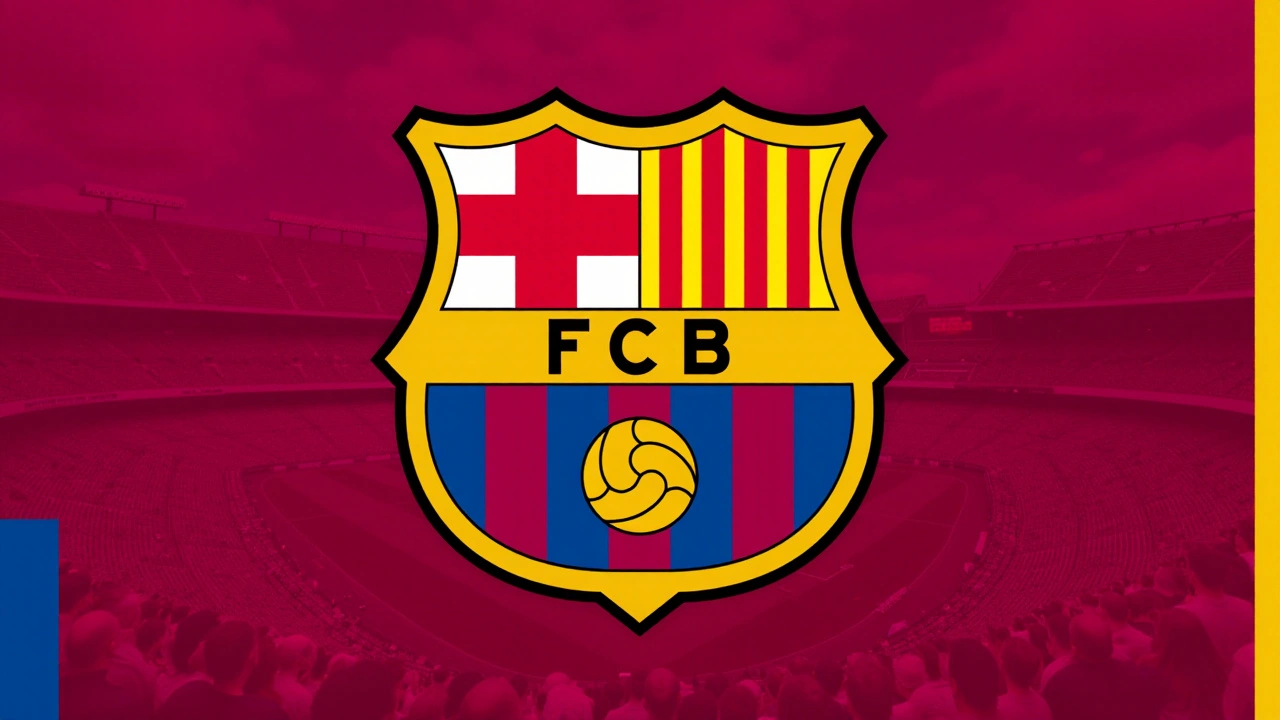Ever wondered who actually controls your favorite football club? Football club ownership isn’t just about having money; it’s about making key decisions that affect everything from players signed to the club’s culture. Whether it’s a billionaire investor, a fan-owned group, or a corporate entity, the owners shape both the team’s success and the experience for fans.
Football clubs have different ownership models worldwide. Some clubs are owned by single wealthy individuals or families, while others are owned by groups of investors or even fans themselves. This variety influences how clubs operate on and off the pitch. For example, some wealthy owners invest heavily in star players hoping for quick success. Others focus on steady growth, youth development, and community engagement.
You might think that the players and coaches are the most important people in football, but owners play a huge behind-the-scenes role. They decide the budget, hire managers, and agree on long-term strategies. Sometimes, owners’ choices lead to trophies and glory; other times, poor decisions cause financial troubles or fan unrest.
Consider how new owners can revive struggling clubs by bringing fresh funds and ideas. Conversely, mismanagement by owners has been behind some dramatic declines and even bankruptcies. For fans, ownership affects ticket prices, stadium upgrades, and club values—things that directly impact their match-day experience. A passionate and honest owner who cares about the club’s identity can make a big difference.
In some parts of the world, fans have a bigger say in club ownership. Take Germany’s Bundesliga and its “50+1” rule, which requires club members (mostly fans) to hold majority voting rights. This keeps the club rooted in the local community and stops outside investors from taking full control. It creates strong bonds between fans and their teams, making decisions transparent and democratic.
Even where fan ownership isn’t common, supporters still find ways to influence owner decisions through protests, social media campaigns, or buying shares. When fans unite, they can pressure owners to act responsibly and keep the club's interests front and center.
Understanding how football club ownership works gives you more appreciation for what goes on beyond the game itself. Next time you watch your team, remember there's a whole layer of decisions shaping your club’s present and future.
Posted by
Siseko Tapile
15 Comments

FC Barcelona stands distinct in the footballing world due to its ownership structure. Unlike many clubs, it is controlled by its members who pay annual fees. This model not only brings a sense of community but also poses unique financial challenges, further exacerbated by recent economic struggles. Despite such hurdles, the club remains globally renowned for its history and homegrown talent.
read more